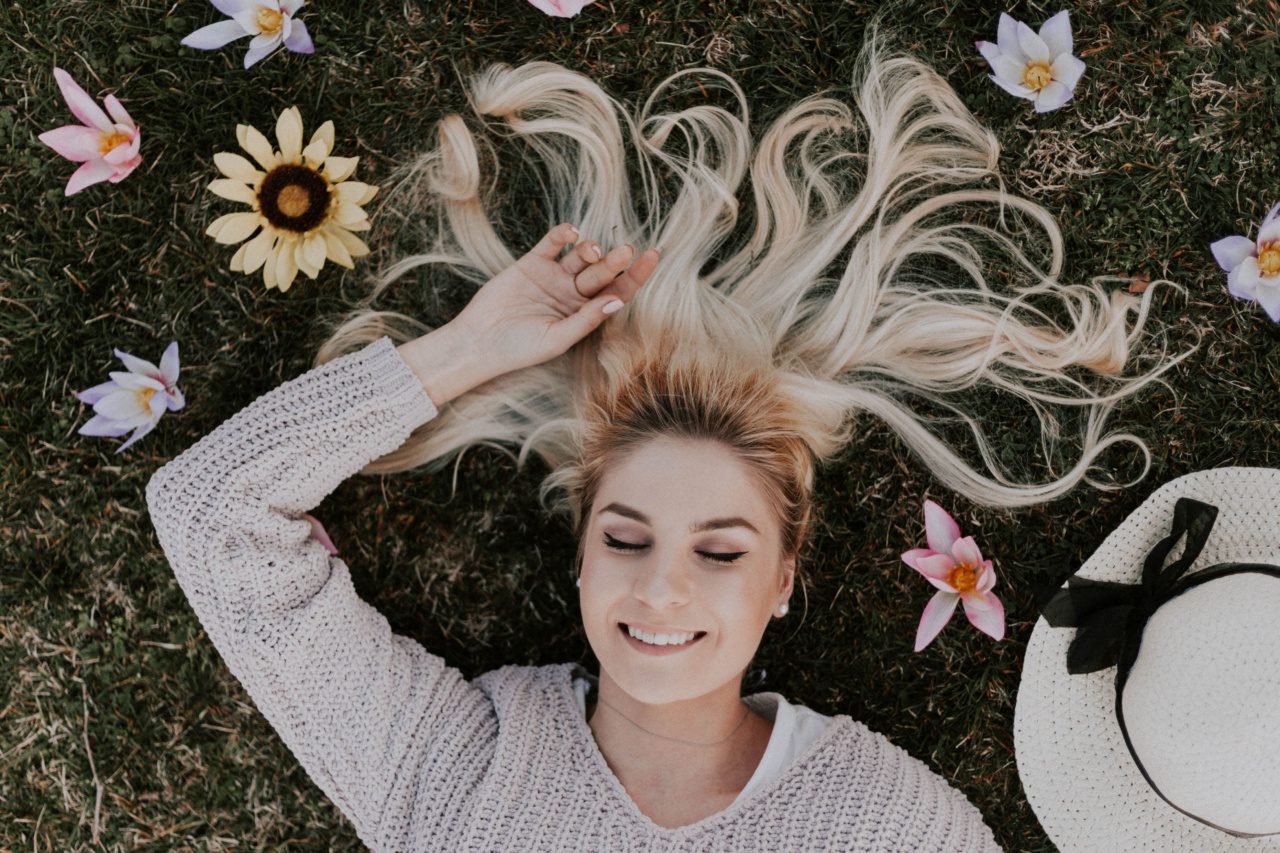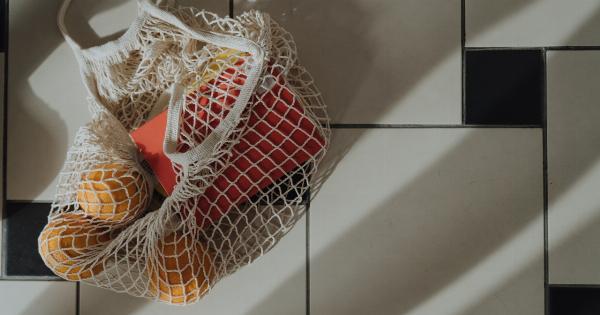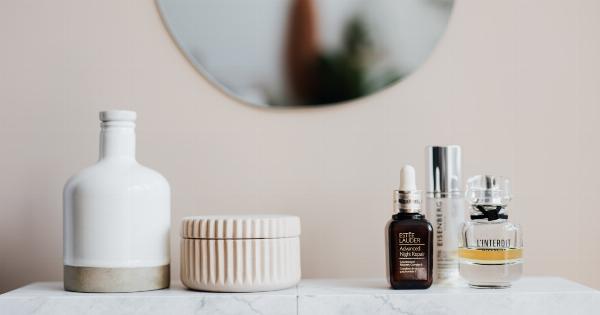Having healthy, luscious hair is often considered a strong indicator of overall well-being and beauty. Whether you have long, flowing locks or a stylish short crop, taking care of your hair is essential to maintain its radiance and strength.
However, with a myriad of hair products and treatments available in the market, it can be overwhelming to figure out where to start. Fear not! This article will provide you with the fundamentals you need to know in order to achieve the hair of your dreams.
1. Determine Your Hair Type
The first step towards healthy hair is knowing your hair type. Is it straight, wavy, curly, or kinky? Understanding your hair’s natural texture will help you choose the right products and treatments that work best for you.
Each hair type requires different care and a tailored approach for optimal results. Once you know your hair type, you can proceed to explore the specific needs and challenges associated with it.
2. Establish a Hair Care Routine
Consistency is key when it comes to hair care. Establishing a regular hair care routine will help you maintain the health and beauty of your hair. Your routine should include three main steps: cleansing, conditioning, and styling.
Choose a gentle shampoo and conditioner that suits your hair type. It’s essential to cleanse your hair regularly to remove dirt, oil, and product build-up. Conditioning helps nourish and moisturize your hair, keeping it soft and manageable.
Styling products should be selected based on your desired outcome and hair type. Whether you need a heat protectant, a volumizing mousse, or a curl-defining cream, choose products that are designed to enhance your hair’s natural beauty.
3. Nourish Your Hair from Within
Beautiful hair starts from within. Eating a balanced diet that includes foods rich in vitamins, minerals, and proteins can greatly improve the health of your hair. Incorporate foods such as salmon, eggs, spinach, avocados, and nuts into your meals.
These foods are packed with essential nutrients like omega-3 fatty acids, biotin, zinc, and vitamin E that promote hair health and growth. Additionally, staying hydrated by drinking plenty of water is crucial for maintaining your hair’s moisture levels.
4. Avoid Overwashing
While it’s important to keep your hair clean, overwashing can strip your hair of its natural oils, leaving it dry and brittle. How frequently you should wash your hair depends on your hair type and personal preference.
Generally, washing your hair every 2-3 days is sufficient for most people. If you have oily hair, you may need to wash it more frequently, while those with dry hair may benefit from washing less frequently to retain natural oils.
Using a dry shampoo between washes can help keep your hair looking fresh while reducing the need for excessive washing.
5. Be Gentle with Wet Hair
Wet hair is more fragile and prone to damage. Avoid aggressive towel drying or brushing your hair immediately after washing. Instead, gently squeeze out excess water with a microfiber towel or an old t-shirt.
Use a wide-toothed comb or a brush with soft bristles to detangle your hair while it’s still damp. Starting from the ends and working your way up will minimize breakage and prevent unnecessary stress on your hair.
6. Protect Your Hair from Heat
Excessive heat from styling tools can cause serious damage to your hair over time. Whenever possible, embrace your natural texture and reduce the use of heat styling tools such as straighteners, curling irons, and blow dryers.
If you must use heat, always apply a heat protectant spray or serum to minimize the damage. Additionally, opt for lower heat settings and limit the exposure time to protect your hair from unnecessary heat-related stress.
7. Trim Regularly
Regular trims are essential for maintaining the health of your hair. Split ends and breakage can make your hair appear dull and lifeless. Schedule regular appointments with your hairstylist to remove damaged ends and keep your hair looking fresh.
Trimming your hair every 8-12 weeks, depending on its length and condition, can promote healthy growth and prevent split ends from traveling up the hair shaft.
8. Embrace Protective Styles
Protective styles, such as braids, buns, and updos, can help minimize hair damage caused by everyday wear and tear.
These styles provide a layer of protection by reducing exposure to environmental factors, such as wind, sun, and friction from rubbing against clothing. However, be sure not to make protective styles too tight, as they can cause tension and damage to your hair and scalp.
9. Address Specific Hair Concerns
If you have specific hair concerns such as dandruff, hair loss, or excessive shedding, it’s important to address them directly. Consult with a trichologist or a dermatologist who specializes in hair and scalp conditions.
They can provide you with an accurate diagnosis and recommend appropriate treatments or lifestyle changes to help you overcome these concerns and regain healthy hair.
10. Be Patient and Stay Positive
Remember, achieving the hair of your dreams takes time and patience. Results won’t happen overnight, but with consistent care and a positive mindset, you can make significant improvements to the health and appearance of your hair.
Embrace and celebrate your natural hair type, and enjoy the journey towards healthier, more beautiful hair!.





























